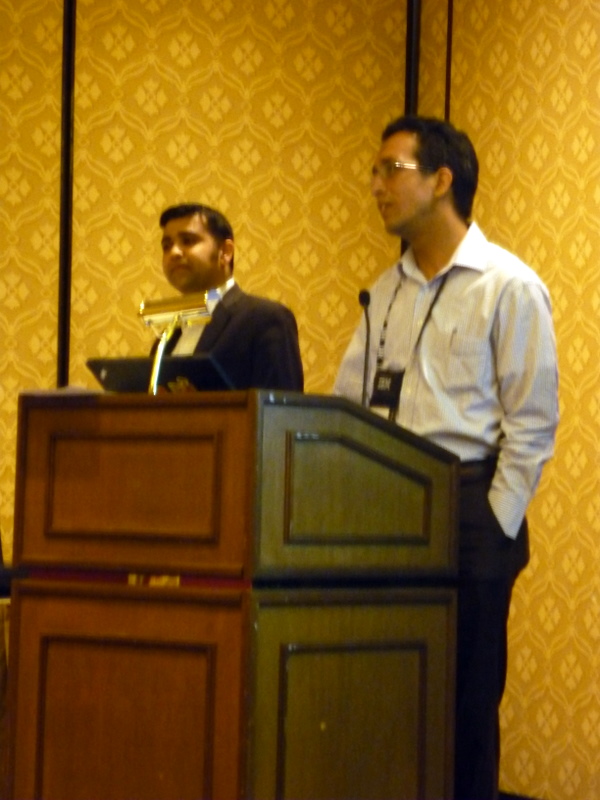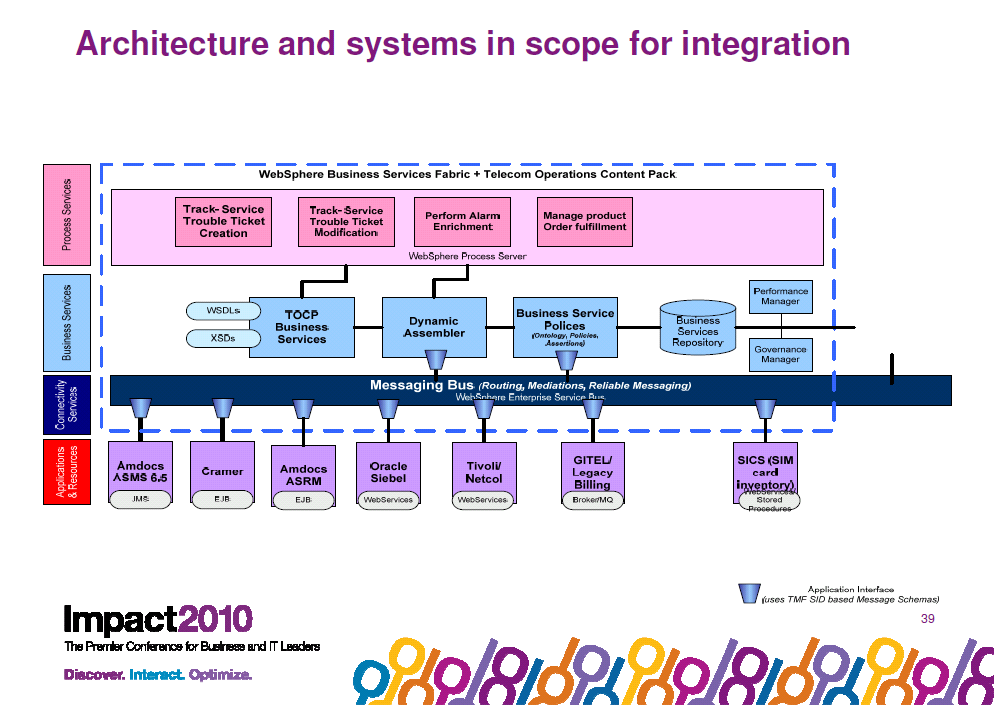Oroiginally posted on 29May10 to IBM Developerworks (23,580 Views)
Yes, I should have posted this a week ago during the TeleManagement World conference – I’ve been busy since then and the wireless network at the conference was not available in most of the session rooms – at least that is my excuse.
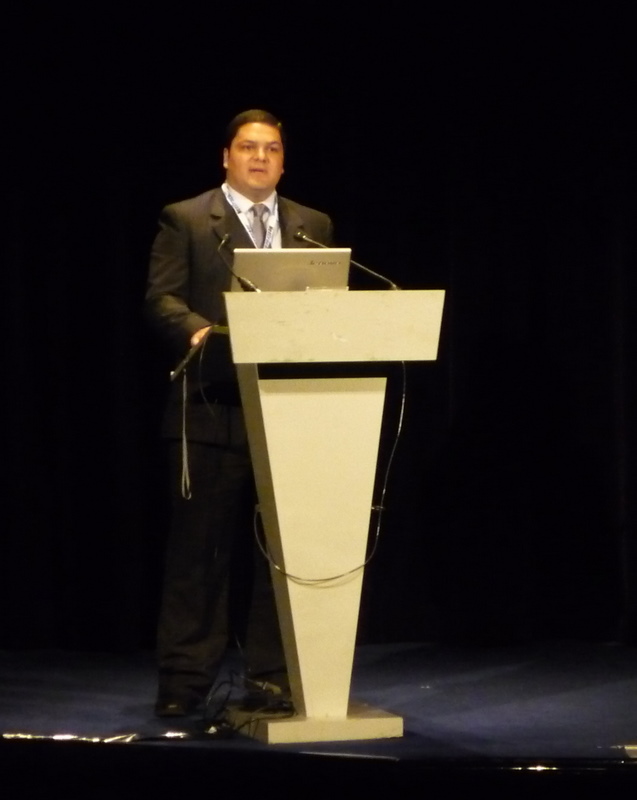
At Impact 2010 in Las Vegas we heard from the IBM Business Partner (GBM) on the ICE project. At TMW 2010, it was ICE themselves presenting on ICE and their journey down the TeleManagement Forum Frameworx path. Ricardo Mata, Sub-Director, VertICE (OSS) Project from ICE presented (see his picture to the right) presented on ICE’s projects to move Costa Rica’s legacy carrier to a position that will allow them to remain competitive when the government opens up the market to international competitors such as Telefonica who are champing at the bit to get in there. ICE used IBM’s middleware to integrate components from a range of vendors and align them to the TeleManagement Forum’s Frameworx (the new name for eTOM, TAM and SID). In terms of what ICE wanted to achieve with this project (they call it PESSO) this diagram shows it really well.
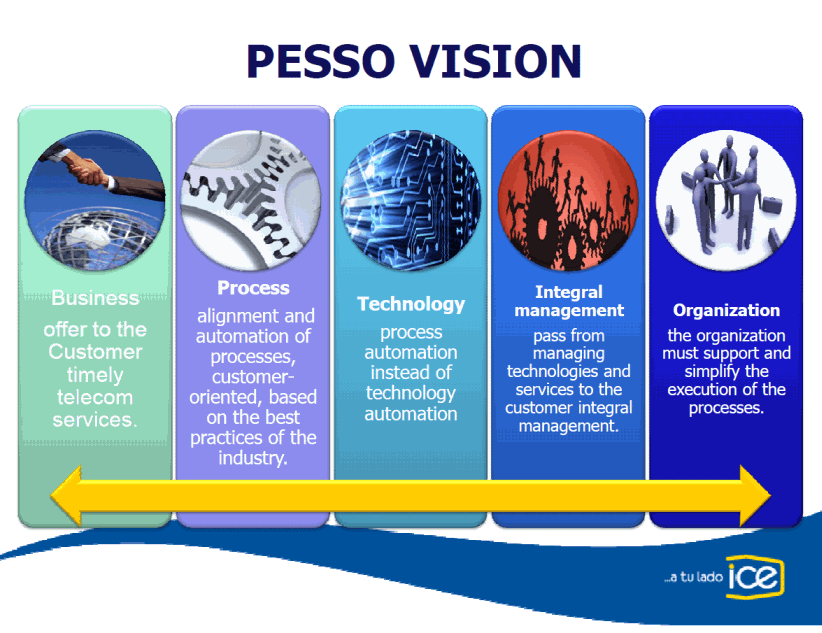
I wish I could share with you the entire slide pack, but I think I might incur the wrath of the TeleManagement Forum if I were to do that. If you want to see these great presentations from Telcos from all around the world, you will just have to stump up the cash and get yourself to Nice next year. Finally, I want to illustrate the integration architecture that ICE used – this diagram is similar to the one form Impact, but I think importantly shows ICE’s view of the architecture rather than IBM’s or GMB’s.
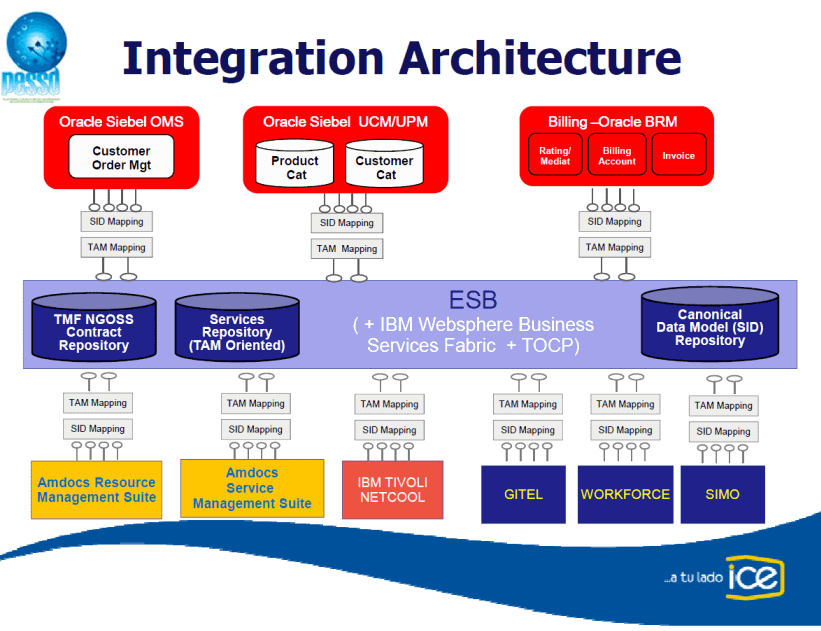
For the benefit of those that don’t understand some of the acronyms in the architecture diagram above, let me explain them a bit:
- ESB – Enterprise Services Bus
- TOCP – Telecom Operations Content Pack (the old name for WebSphere Telecom Content Pack) – IBM’s product to help Telcos get in line with the TMF Frameworx)
- NGOSS – Next Generation Operations Support Systems (the old name to TMF Frameworx)
- TAM – Telecom Applications Map
- SID – Shared Information / Data model

